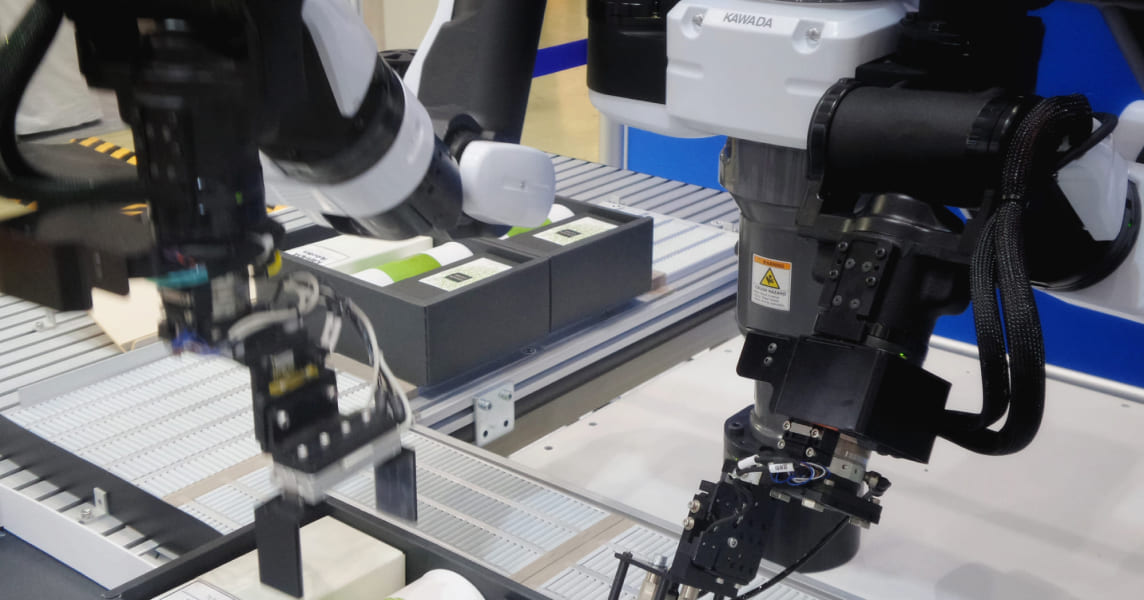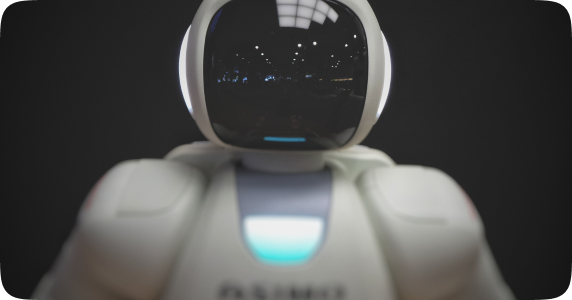
Article: Deep Learning
Deep Learning
Deep learning is a subset of machine learning in AI that is concerned with algorithms inspired by the structure and function of the brain called artificial neural networks. Neural networks are composed of layers of interconnected nodes, or neurons, that can learn to recognize patterns of input data (such as images, audio, and text) through a process called training. The training process adjusts the connection weights between nodes so that the output values produced by the neural network more closely match the correct labels or target values for a given set of input data.
The advantage of deep learning over other machine learning methods is that it can learn complex patterns directly from data, without needing to be hand-coded by humans. This makes deep learning well suited for tasks such as image classification, object detection, and face recognition. Deep learning algorithms have been able to achieve state-of-the-art results in many challenging tasks such as computer vision and automatic speech recognition.
One of the most popular deep learning algorithms is called a convolutional neural network (CNN). CNNs are widely used in computer vision tasks such as image classification, object detection, and face recognition. A CNN consists of multiple layers of neurons that have learnable weights and biases. The first layer in a CNN is typically a convolutional layer that performs feature extraction, followed by one or more fully connected layers that output the final classification result. Deep learning is still an active area of research and there are many open problems remaining to be solved.
One challenge is that deep neural networks require large amounts of training data in order to learn complex patterns. Another challenge is that current deep learning methods are not well suited for online or real-time applications due to their need for large amounts of computation. Finally, it is often difficult to understand why a deep neural network produces a given output for a given input, which can make it difficult to debug errors or improve the performance of the network. Despite these challenges, deep learning is widely seen as a promising direction for artificial intelligence and has been used to achieve state-of-the-art results in many tasks. As deep learning algorithms continue to be developed and improved, it is likely that they will increasingly be used in a variety of applications.
 Deep Learning Hurdles
Deep Learning Hurdles
While Deep Learning techniques drastically outperform other ML techniques, it comes at a cost. The compute needed to train Deep Learning algorithms is large. As the need for compute increases, progress along current lines is becoming technologically, economically, and environmentally unsustainable.
 Incorporating Quantum Computing into the Deep Learning architecture can prove particularly beneficial by increasing available compute necessary to train the Deep Neural Network, thereby decreasing training times and leading to online and real-time applications, all while decreasing energy spend and producing more sustainable technological solutions.
Incorporating Quantum Computing into the Deep Learning architecture can prove particularly beneficial by increasing available compute necessary to train the Deep Neural Network, thereby decreasing training times and leading to online and real-time applications, all while decreasing energy spend and producing more sustainable technological solutions.







